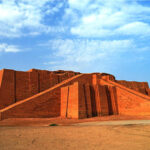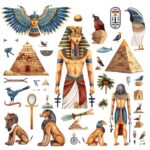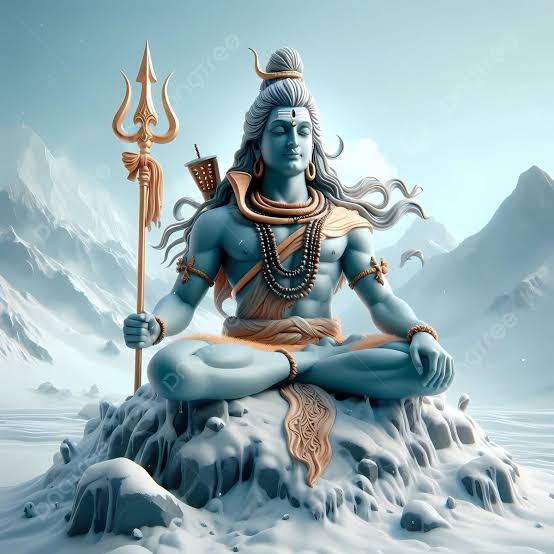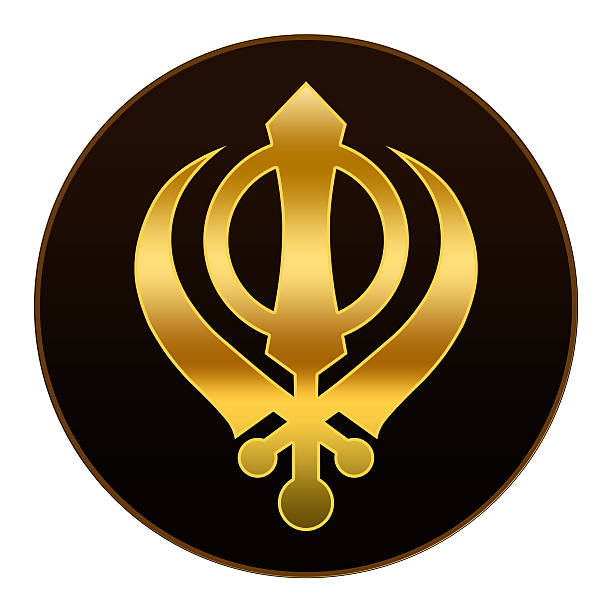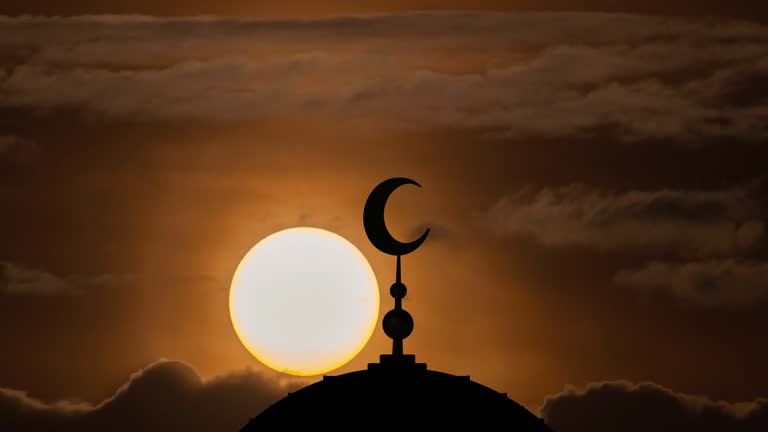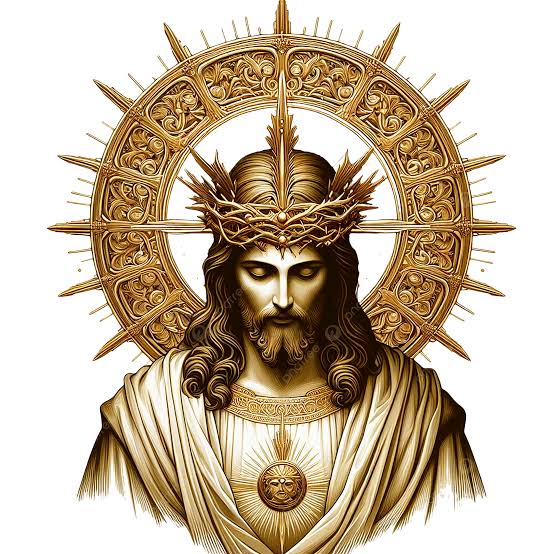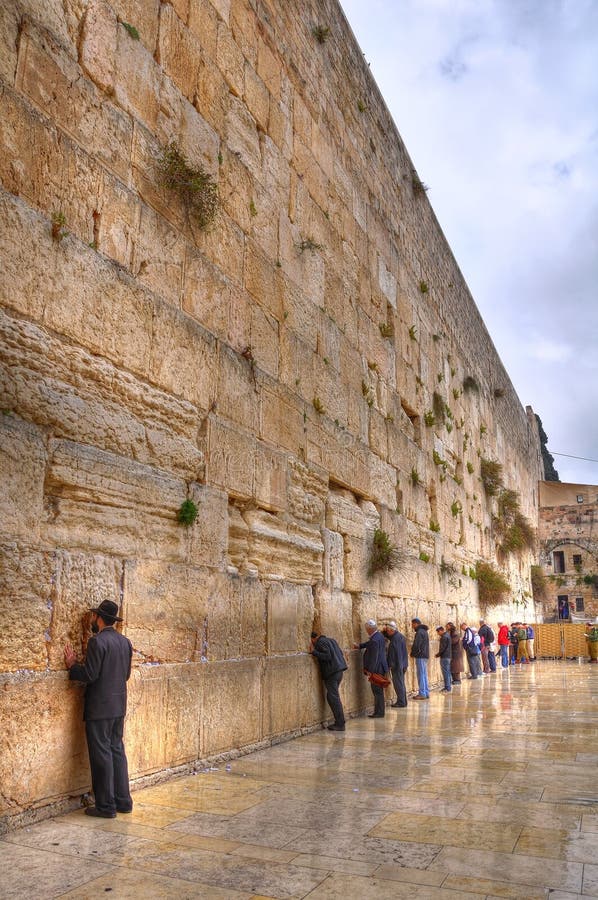What is Religion?
Religion is a spiritual idea. In the past, when people did not get an answer to a material problem, they associated it with a superpower. In other words, when people could not find an answer to their questions, they used a superpower to create an answer.
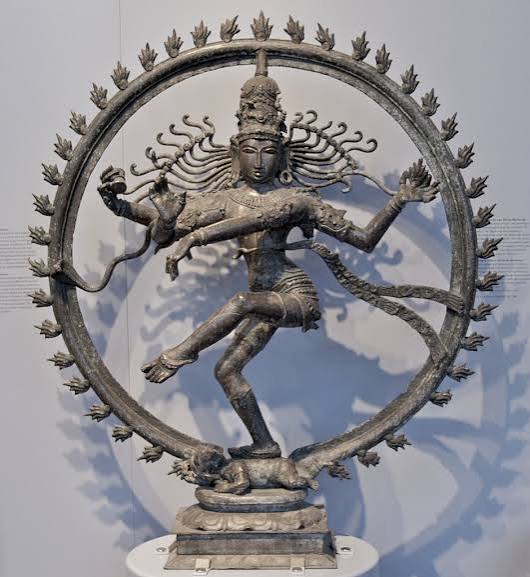
The Evolution of Religions
In ancient times, people were worried about natural disasters. Natural disasters did not stop rain or snow. People did not have a strong roof to protect themselves from heavy rain. They had no knowledge of earthquakes or the ways to protect themselves. They had no modern technology to get information before the flood and move to a safe place.
Due to unknown reasons, people got sick and died. Attacks of invisible viruses, bacteria, fungi, and other pathogens destroyed entire villages. These unknown causes forced man to create religion. When human beings could not escape from disasters and calamities, they felt helpless in front of these powers. Then, they thought that a force stronger than their hands existed. With their hands, they carved caves. With their hands, they built the pyramids of Egypt. Yet, they imagined a power greater than human arms.
That superpower also surpassed human thought. It became thes power that created a religious society like the Indus Civilization. In these circumstances, man gave birth to religion.
The Background of Religions
Looking at the background of religions, many small beliefs appear very ancient. However, the beliefs that were combined in a strong and organized way are limited in number. Hinduism is also one of these beliefs. It is estimated to be the oldest religion among all.
Hinduism
The Indus Civilization produced three major religions, including Hinduism, Jainism, and Buddhism. There were also some beliefs earlier than these religions. Buddhism and Jainism arose due to critical and ideological differences with Hinduism. Some believe Jainism is even earlier than Hinduism, or that it arose as a criticism and disagreement with it.
Hinduism arose from the Indus Valley Civilization and its influence. Hinduism was created and developed on the banks of the Indus River, Ganges River, and Yamuna River.
Archaeologists found evidence of Hinduism in Mohenjo-daro. The Dravidians were worshippers of Shiva, while the Aryans were worshippers of other gods. The Aryans wrote the Vedas, and the Rig Veda was written on the banks of the Indus River.
Another opinion says the Dravidians were the original inhabitants of the Indus Valley Civilization. They worshipped only the god Shiva and goddess Shakti. When the Dravidians of Mahen jo daro started farming, they noticed that plants sprouted after watering every day. They believed the universe was also created in this way. They thought man was born in this way too. For this reason, they created a superpower in the name of Shiva Shakti, who created man and the entire universe through her sexual organs.
They also started worshiping the sexual organs of humans, which continues to this day. Later, when the Aryans arrived, they introduced Brahma and Vishnu into Sindhi civilization. In combination, the concept of three idols rooted itself in Hinduism.

Another opinion claims that the idol found in the style of Shive Bhagwan, which resembles Shive Bhagwan, may actually be that of the Jain Tirthankar.
The Concept of Three Deities in Hinduism
Hinduism recognizes many gods and goddesses, but it revolves around three major deities who hold the most important roles in the universe. These three are Lord Shiva, Lord Brahma, and Lord Vishnu. Together, they form the foundation of Hindu philosophy and worship. Let us briefly explore their significance.
(1) Lord Shiva
Lord Shiva is known as the destroyer of evil and ignorance. In Hinduism, he is one of the most worshipped deities, and his reverence dates back to the Indus Valley Civilization. Archaeological findings show that people respected and worshipped Shiva long before the worship of Brahma and Vishnu became common.
Shiva is always worshipped along with his consort, Shakti Devi. Statues often depict them together as Ardhanarishvara, where half of the body is male (Shiva) and the other half female (Shakti). This symbolizes the balance of masculine and feminine energies. The statue usually shows them seated on a cow, with folded lotus-like legs. Shiva holds a trident adorned with a garland, a drum, and a flag. Shakti, on the other hand, carries a lotus, a jug, or a grain of wheat.
The grain of wheat has historical significance. According to social science, women were the first to start agriculture. Shakti holding wheat suggests that these deities were worshipped since the early agricultural era. A snake wrapped around Shiva’s neck, a crown on his head, and a crescent moon above it symbolize his cosmic powers. Interestingly, the moon was also worshipped in the Sindh Civilization.
Temples of Lord Shiva, called Shivla, were often built inside mountain caves. In Sindh, many such temples still exist, showing traces of early human life. Archaeologists believe ancient people first lived in caves, and when they moved to villages and cities, they carried this tradition by building temples in honor of their gods.
The influence of Lord Shiva also extended into Sufi thought. Saints and mystics like Shah Latif, Sachal, and Sami in Sindh are often considered incarnations of Shiva. Yogis, ascetics, and Sufis wore the same dark cloth that symbolized Lord Shiva’s attire, reflecting his deep cultural influence.
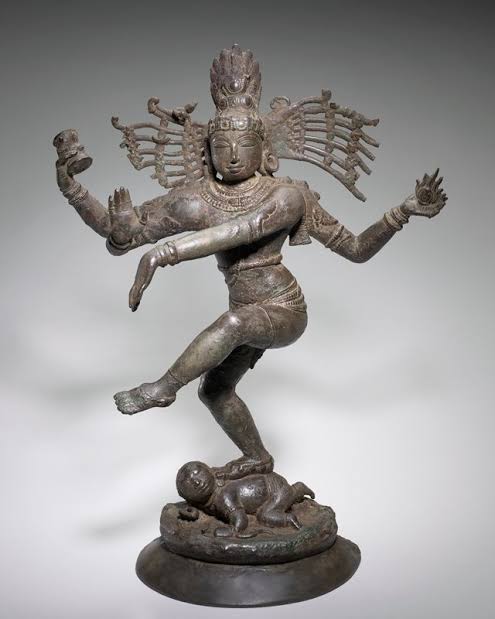
(2) Lord Brahma
Lord Brahma is considered the creator of the universe and human being. His worshippers focused on rituals, mantra chanting, and sacrificial practices. The class of his followers became known as Brahmins, who claimed spiritual superiority over others. Pandits and priests in Hindu tradition are closely associated with Brahma, as they were the custodians of knowledge and sacred rituals.
(3) Lord Vishnu
Lord Vishnu is regarded as the preserver and sustainer of the universe. Statues usually depict him seated peacefully with his consort Lakshmi, the goddess of wealth. Hindu beliefs state that whenever the earth faces great danger, Vishnu descends in the form of an avatar to restore balance.
This divine intervention is seen in famous incarnations such as Rama and Krishna, where Vishnu comes to protect humanity and uphold righteousness.
Three main Sects in Hinduism
These three deities also gave rise to three major sects in Hinduism, each worshipping their chosen god:
Worshippers of Shiva are mostly found in the Sindh Valley, where Shiva temples are widespread.
Followers of Brahma emphasize ritual and priestly traditions.
Devotees of Vishnu focus on his incarnations and teachings of preservation.
Sacred Texts of Hinduism
Hinduism has a rich collection of sacred texts. The Rigveda, Samveda, Yajurveda, Atharvaveda, Bhagavad Gita, and Ramayana hold great importance and continue to guide spiritual practice.
Basic Principles of Hinduism
Despite its diversity of sects and traditions, Hinduism is based on some fundamental principles:
Karma – Every action has a result, and each person inevitably faces the outcome of their deeds.
Dharma – The moral, social, and religious duties of an individual.
Samsara – The endless cycle of birth, death, and rebirth, similar to beliefs found in Egyptian civilization.
Moksha – Liberation from the cycle of birth and death. Sufi saints of Sindh interpret this as freedom achieved by eliminating the ego and self.
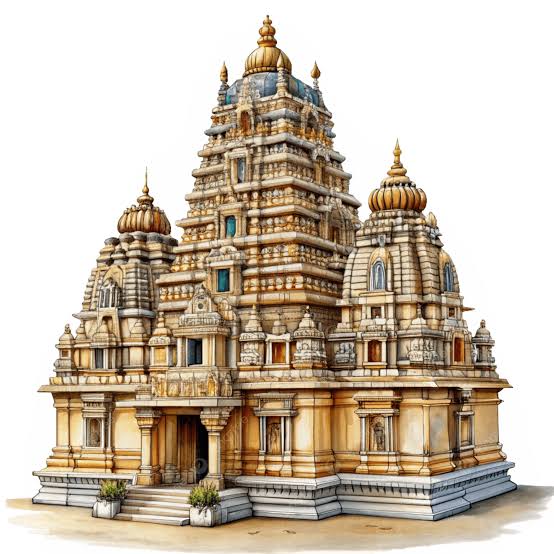
Classes in Hinduism
Society influenced by Hindu thought was traditionally divided into classes:
- Brahmins – Priests and scholars who valued knowledge and rituals.
- Kshatriyas – Warriors and rulers.
- Vaishyas – Traders and agriculturalists.
- Shudras – Workers and servants, often considered inferior.
Though Hinduism itself does not divide people by class, political and social structures adopted these divisions for convenience.
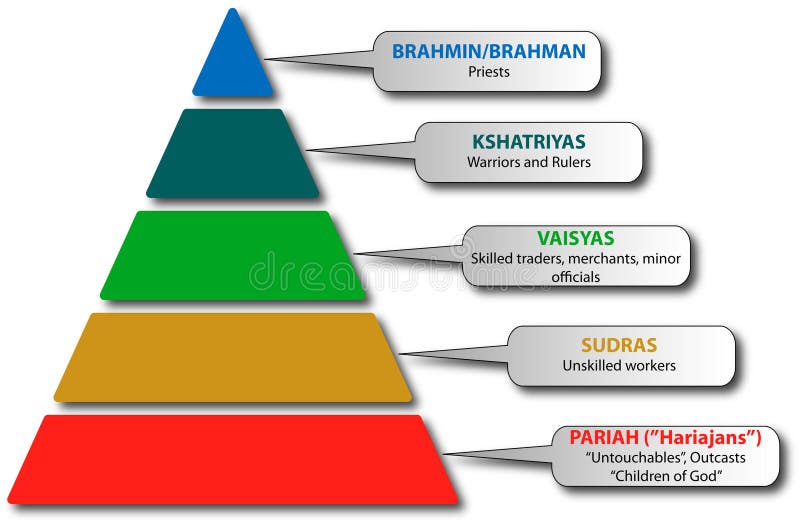
Rituals and Cultural Influence
Many scholars believe Hinduism is deeply rooted in Sindhi Dharma, the cultural and spiritual traditions of the Indus Valley Civilization. Over time, rituals, festivals, and customs evolved into religious practices. Hinduism, however, is not just about rituals; it also reflects a civilizational philosophy, focusing on the existence of the universe, the pursuit of knowledge, and the mysteries of life.
Influence of Hinduism on Other Religions
As one of the world’s oldest religions, Hinduism strongly influenced Jainism and Buddhism. Even religions that appear very different still reflect Hindu philosophical ideas, especially regarding karma, rebirth, and spiritual liberation. The figure of Lord Shiva, in particular, has shaped not only Hindu thought but also mysticism and spiritual practices in other traditions.
Writer: GM Leghari

